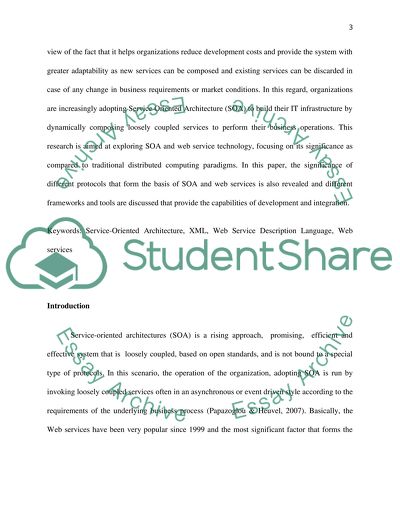Cite this document
(“Network Protocol Essay Example | Topics and Well Written Essays - 4250 words”, n.d.)
Retrieved from https://studentshare.org/information-technology/1397404-network-protocol
Retrieved from https://studentshare.org/information-technology/1397404-network-protocol
(Network Protocol Essay Example | Topics and Well Written Essays - 4250 Words)
https://studentshare.org/information-technology/1397404-network-protocol.
https://studentshare.org/information-technology/1397404-network-protocol.
“Network Protocol Essay Example | Topics and Well Written Essays - 4250 Words”, n.d. https://studentshare.org/information-technology/1397404-network-protocol.


